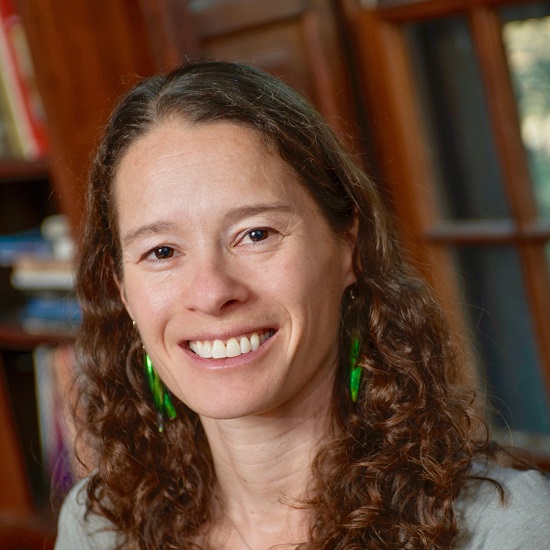Links to external sources may no longer work as intended. The content may not represent the latest thinking in this area or the Society’s current position on the topic.
Elements, genomes and ecosystems: cascading nitrogen and phosphorus impacts across levels of biological organisation
Theo Murphy international scientific meeting organised by Professor Andrew Leitch, Professor Maurine Neiman, Professor Dag Hessen, Professor Puni Jeyasingh, Professor Lawrence J. Weider and Dr Ilia Leitch
Event details
This meeting will explore how environmental nitrogen (N) and phosphorus (P) impact the evolution and use of nucleic acids and how these effects, in turn, cascade through natural and agricultural ecosystems. It unites expertise in N and P metabolism, plant and animal genome evolution, ecology (including those interested in biodiversity and ecosystem functioning), and agriculture.
Abstracts of the speakers will be available closer to the meeting. Recorded audio of the presentations will be available on this page after the event.
Attending this event
This is a residential conference, which allows for increased discussion and networking. It is free to attend, however participants need to cover their accommodation and catering costs if required.
Travel bursaries funded by the US National Science Foundation are available to assist attendance at this meeting for US graduate students and postdocs. Further details, and an application form, are available online. Deadline for applications is 15 December 2014. For information contact Puni Jeyasingh.
Enquiries: Contact the events team






